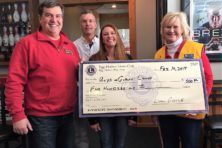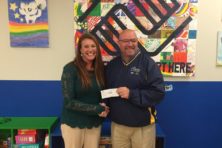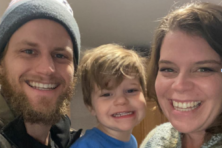A Look at the Door County Boys & Girls Club: Part 1
- Share
- Tweet
- Pin
- Share
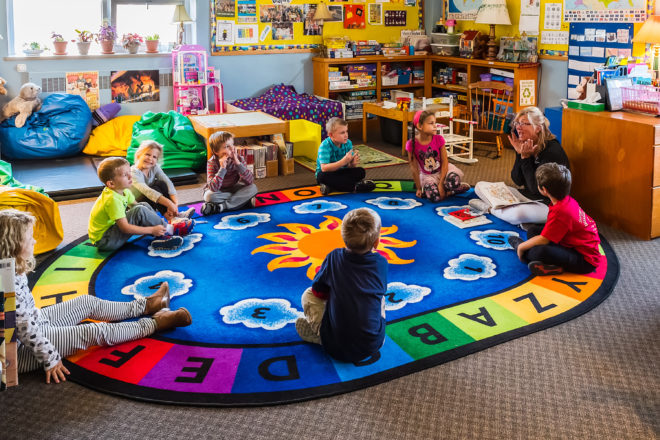
Several years ago, the Door County Economic Development Corporation brought in a speaker, Patrick Carr, who talked about “rural brain drain” – the thing that happens when the brightest kids in a community receive the most attention, go off to college and then take their degrees to urban centers, where the best-paying jobs are. “Rural communities,” Carr said, “are routinely investing in the kids who aren’t going to stay there.”
Julie Davis heard that speech and the truth of it hit her hard. At the time, she was working for Baylake Bank. Her job didn’t involve children, but she kept thinking about the ones who weren’t getting all the attention, but were the future of Door County. In 2007, she moved to a job in corporate training that involved workforce development.
“I still wasn’t in a position to change things for kids,” she said, “but my mind kept going back to what that man said. What if our rural community, Door County, invested heavily in the children who are going to stay here – to be the next parents, the next workforce, the next cadre of volunteers, the next civic leaders?”
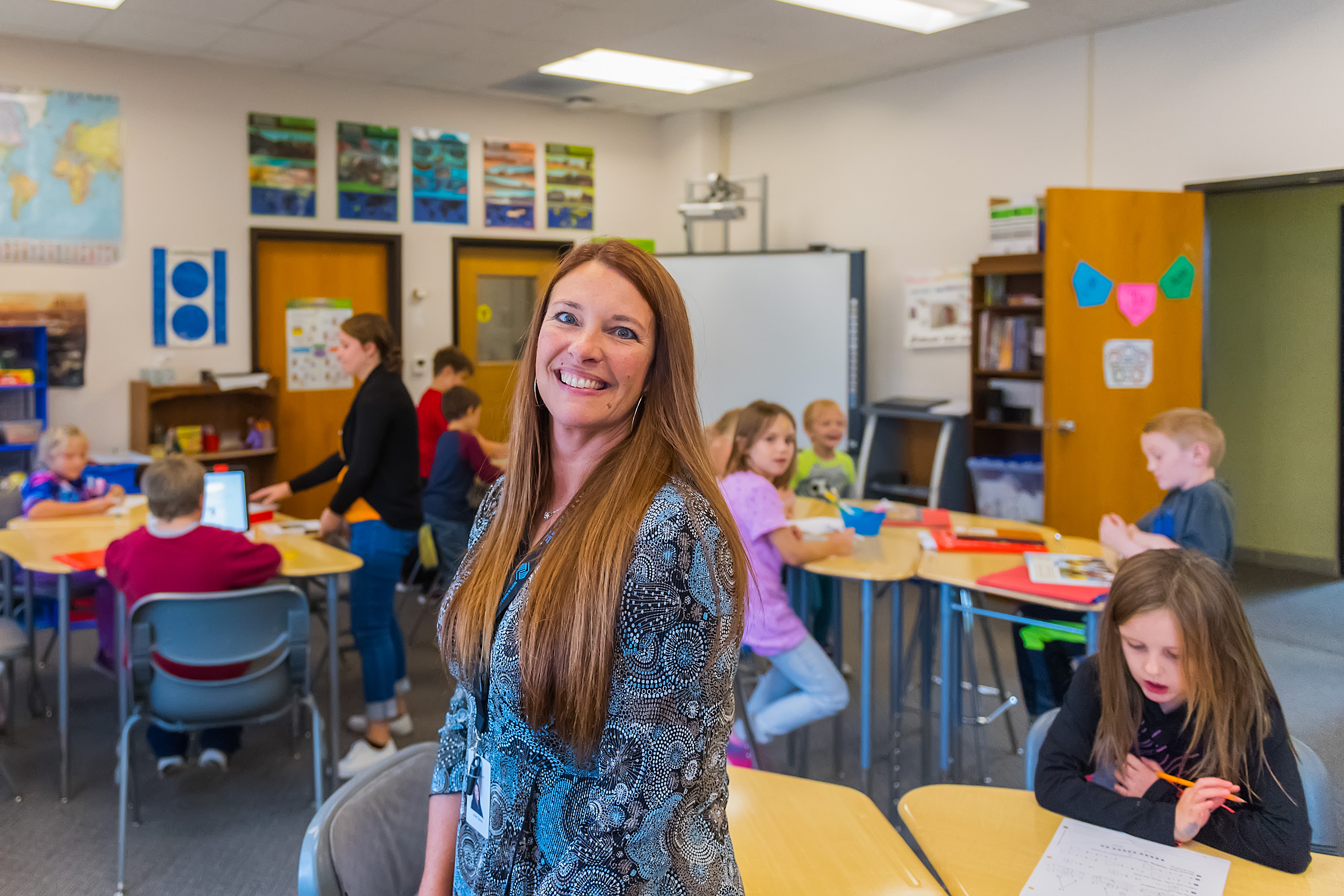
Three years later, the situation changed. Davis’s boss, Heather Powell, was hired as the new director of the Boys & Girls Club of Door County, and she asked Davis to join her staff as program director. “I asked her if I could even do that,” Davis recalled, “and she said, ‘Sure you can. You’re helping adults become employable. Now you’ll have the opportunity to give kids a head start on a career.’”
The two women were charged by the Boys & Girls Club board to “turn the organization around.” And that wasn’t the only serious challenge. The Boys & Girls Clubs of America – that serves more children than any other group in the country – was threatening to revoke the Door County club’s charter if the services it provided were not brought into alignment with the goals and mission of the national organization.
Those goals and mission are: “To enable all young people, especially those who need us most, to reach their full potential as productive, caring, responsible citizens … by providing a world-class club experience that assures success is within reach of every young person who enters our doors, with all members on track to graduate from high school with a plan for the future, demonstrating good character and citizenship, and living a healthy lifestyle.”
To Julie and Heather, it sounded like a plan for preventing “rural brain drain” in Door County, one child at a time. What is Door County going to look like in 10 or 20 years, they wondered, if we don’t give additional support to our most vulnerable population? More important, what will it look like if we don’t?
Like it was yesterday, Davis remembered, “We two moms sat down at an old wooden table in this building (I’ll never get rid of that table, because that’s where it all started) and asked ourselves what we would want a club to provide for our own children. We weren’t talking about day care. We wanted to create a program that would equalize opportunity for the ‘overlooked children’ in our community by providing academic support, technology enrichment, 21st-century life skills, character development and mentoring.
“Because of my background in workforce development,” Davis said, “I have a very direct understanding of what manufacturing in Northeast Wisconsin looks like, how it’s changed and what gaps need to be filled. I know which local jobs pay living wages and the background of academic success that is required to fill those jobs.”
In 2013, Heather moved on to a larger club and Julie replaced her as chief executive officer. The program they envisioned around that old wooden table is operating today at a level far above what they might have imagined seven years ago.
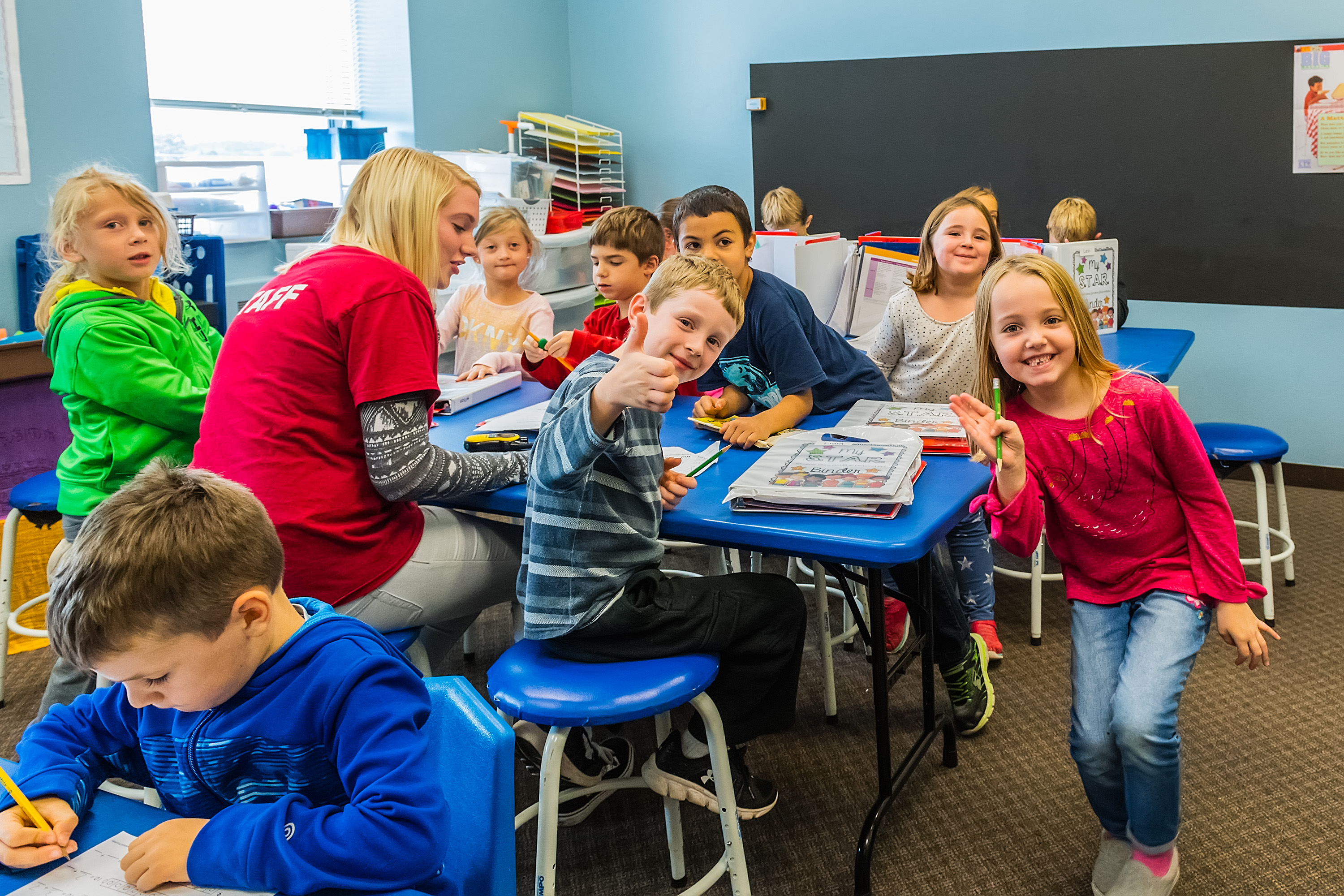
Davis said, “The academic program we offer here focuses on STEM (science, technology, engineering and math). We have two goals: to bring every student up to a high level of academic performance and to connect kids to living-wage jobs in the community. We go out to manufacturers and say, ‘We’re building your next workforce. Partner with us. And they are. Businesses like Marine Travelift and Bay Shipbuilding see this as an opportunity for them.”
“For the last two years, Marine Travelift, the world leader in boat-handling equipment, has done an engineering partnership with us. Their engineers come to our clubhouse and teach a four-week mechanical advantage program,” said Davis. “Next we run a skills demonstration program so kids can apply the mechanical advantage skills they have learned. They work in teams, and it’s really fun.”
“Then they go on a field trip to Marine Travelift, where the engineers show the kids how they use mechanical advantage every day. This is very different than just a factory walk-through, because these kids have spent five weeks of after-school time learning mechanical advantage skills. When they see them in action, it’s meaningful to them.
“And, even more important, they know Rob Gunnlaugsson and Jason Nesbitt [who works for the metal fabricating company, which works with Marine Travelift] and other Marine Travelift engineers who have worked with them. Down the line, when they apply for an internship or a job with the company, it can’t hurt to have people there who know them and what they can do.”
This fall, there are 267 active participants in the after-school program, with 175 to 200 kindergarten through ninth graders at the “Clubhouse” at 55 S. Third Ave. on a given day. A typical four hours looks like this:
Students are dropped off by a school bus around 2:30 pm and receive a healthy snack. (“We know they can’t focus if they’re hungry,” Davis said.)
Half the grade levels go first to a 45-minute homeroom, whose purpose is to build a sense of belonging with their peers and to form a meaningful connection to the staff member in charge. Team building and making each child believe “I belong here” are strong intentional goals.
Other grade levels go first to academics, then they switch places. If a student has homework to complete, support is provided. All students are enrolled in Stride Academy, an online program that assesses their weaknesses in math and English, identifies where they are struggling and delivers practice and instruction personalized to their specific needs. Everyone is required to complete 50 questions a week. For each correct answer, they get a “coin” that can be redeemed for 60 seconds of online game time.
When these activities are completed, students go to the STEM stations – labs where they work on a variety of STEM-based areas.
After academics, kids have their choice of clubs such as arts, physical education and 21st-century life skills. Three different clubs are offered each day – 15 in all – for six weeks, then a new selection is introduced. A professional musician and high school kids teach guitar, teens cook in the kitchen (and take home the ingredients for what they’ve learned to make so they can share it with their family), they play kickball in the park or participate in a children’s choir in partnership with Peninsula Singers.
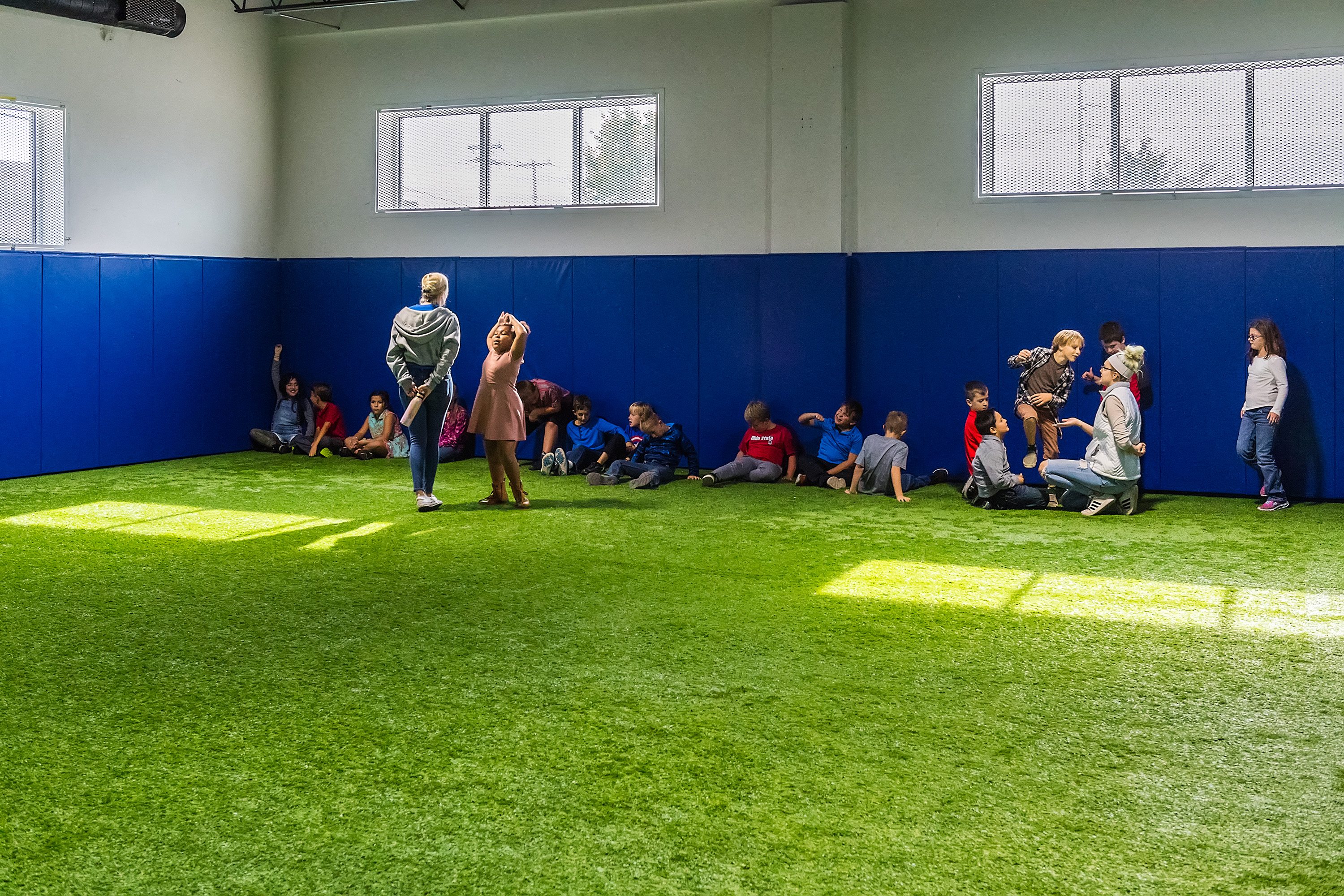
“We don’t pretend to be experts,” David said, “but we are experts at finding them and bringing them to our kids. We think we do an excellent job of involving community partners.”
Monday through Wednesday evenings, children are served a nutritious full dinner, cooked on site, followed by 45 minutes of free-choice time in the activity rooms.
“What we have here,” Davis said, “is a learning program in pursuit of excellence. More than half the kids we serve come from families whose income is below poverty level. That life is what these children know and consider normal. We’re investing in them up front in an effort to change generational poverty.
“It has to start with kids looking at themselves differently, having a different vision of what normal can be. Along with the skills they’ll need for a living-wage job, we’re giving them a look at opportunities their families aren’t able to connect them with.
“We see ourselves as the catalyst in children’s lives that will give them a different goal for their future than they might have at home, challenging them, providing hope and opportunity and higher expectations than they might have had for themselves.”
Next week: Although academics are a major part of this program, preparing for a living-wage job isn’t all these kids need to succeed. We’ll share stories that highlight how the Boys & Girls Club of Door County has found ways of meeting a wide variety of needs and why it needs financial help to fulfill its mission.



